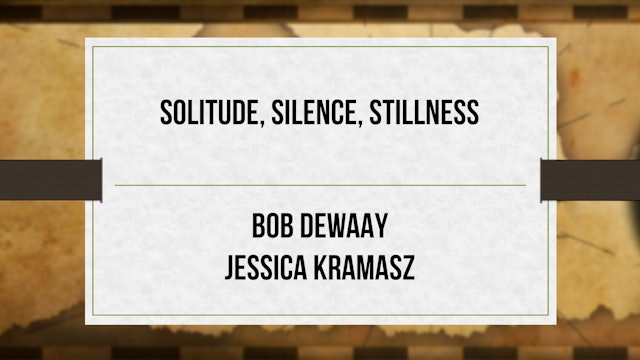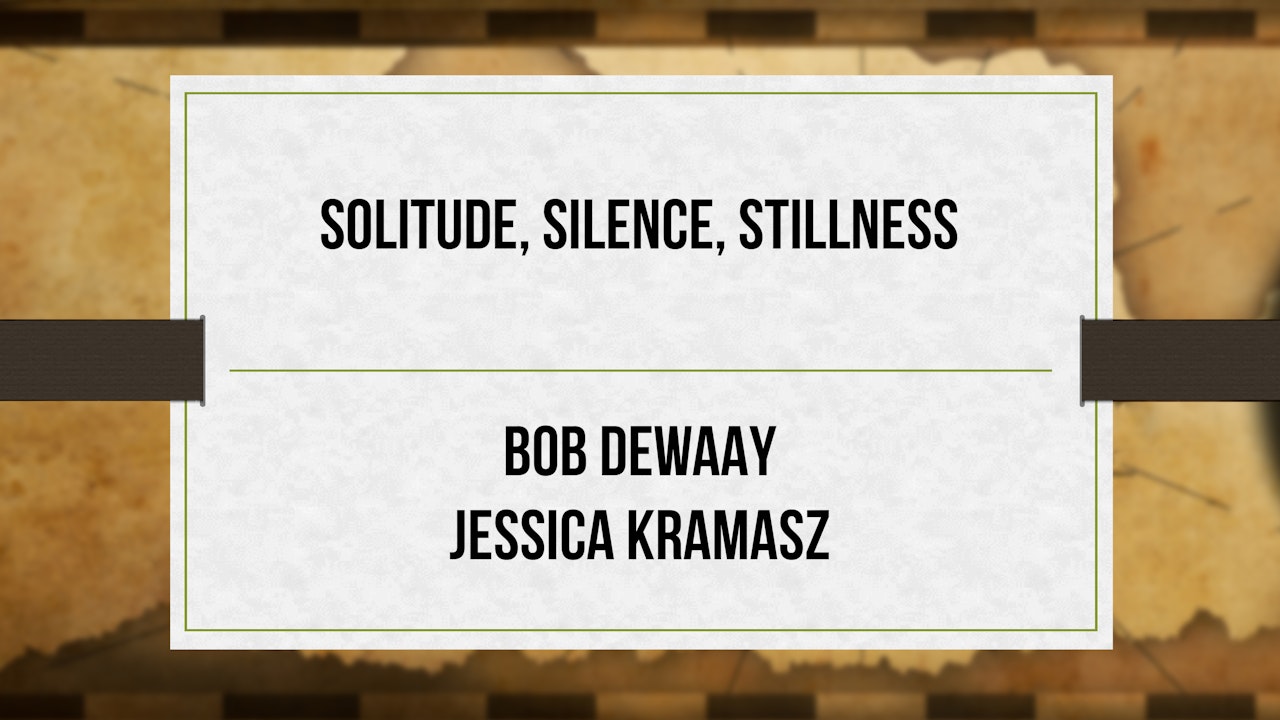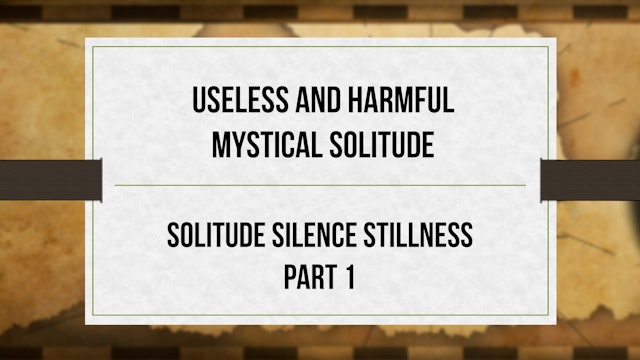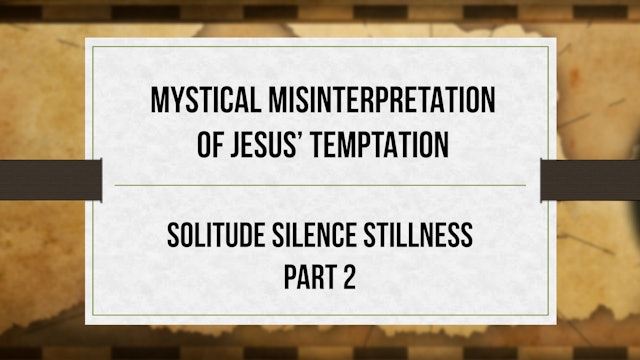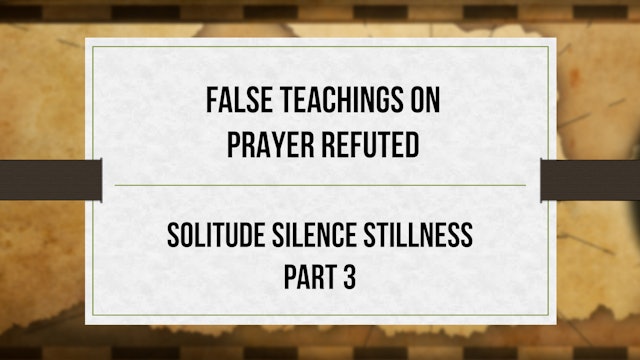Solitude, Silence, Stillness - Critical Issues Commentary
Mystics have promoted asceticism based on silence and solitude for more than a millennia. Church historian Justo Gonzalez highlights the beginning of desert monasticism in his book The Story of Christianity Vol. 1.1 Gonzalez writes, "The very word ‘monk' derives from the Greek monachos, which means ‘solitary.' One of the driving motivations for the early monks was the search for solitude." In the early part of the 4th century, there were individual Christians who sought a purer form of devotion by leaving cities for solitude in the desert. One famous desert monk was Anthony. The sources for monasticism likely included Gnosticism, Stoicism and a misuse of Paul's discussion of celibacy in 1 Corinthians 7. Whatever the motivation, the underlying deception was that one could find a more pure form of faith in Christ if it were done in solitude and silence, away from Christian fellowship.
Anthony practiced his monasticism by living in an abandoned cemetery. People would bring him bread so he could survive. Gonzalez narrates how Anthony began having various visions of demons and moved even farther into the desert. He was followed by the demons and also misguided Christians who thought they could learn something from this clearly troubled man who finally agreed to have some disciples live near him. Along with solitude came a mystical faith replete with dreams and visions that may or may not have been from God and also demonic struggles and torment. Willfully chosen poverty and solitude seemed like a pious answer to corruption in cities and the official church. But soon, according to Gonzalez, there were so many people running to the desert to practice this ascetic version of the Christian faith that the desert became crowded with thousands seeking solitude in the monastic life. Constantine's approval of Christianity was a likely motivation for this flight to the wilderness.
Nearly 1,700 years later, we have popular teachers promoting the monastic ideals of solitude, silence and stillness as the way to true Christian growth and godly piety. Now there is communication technology that allows such mystical deception to be sent all around the world in seconds. Enneagram is grounded in the same deception that drove Anthony to demonic torment in the wilderness. That ground is the false idea that Jesus and His apostles approved, practiced, and promoted silence, solitude, and stillness as God's ordained means of spiritual growth. Christopher L. Heuertz sees these practices as good and necessary and hopes for a Christian "return to its contemplative roots" as he cites authors who want a return to monasticism. He mentions Phyllis Tickle's idea of a "Great Emergence" that would "redefine" Christianity. I encountered Tickle's ideas in my research and writing about the Emergent Church. I do not doubt that people are attracted to monastic, mystical ideals since some always have been. But I do doubt that it will lead to anything but deception. It is not ordained by Christ and His apostles (the biblical ones).
-
Useless and Harmful Mystical Solitude - Critical Issues Commentary
Mystics have promoted meditative practices based on solitude for many centuries. We describe an ancient mystic named Anthony who went to a cemetery to meditate in solitude. The result was demonic torment. Now there is a new twist on such mysticism as Enneagram proponents claim they can tailor sp...
-
Mystical Misinterpretation of Jesus’ Temptation - Critical Issues Commentary
Matthew’s account of Jesus’ temptation in the wilderness makes a purposeful comparison of ancient Israel’s temptation in the wilderness where they failed. Enneagram mystics like to cite Jesus’ temptation to validate their program of silence, solitude and stillness. In their misuse of the passage ...
-
False Teachings on Prayer Refuted - Critical Issues Commentary
This program begins with a discussion of the practice called “centering prayer” by Enneagram teacher Christopher Heuertz. He claims that this type of prayer is “non-conceptual.” This is part of the program of silence, solitude and stillness that he prescribes. Seeking to silence the mind is probl...

